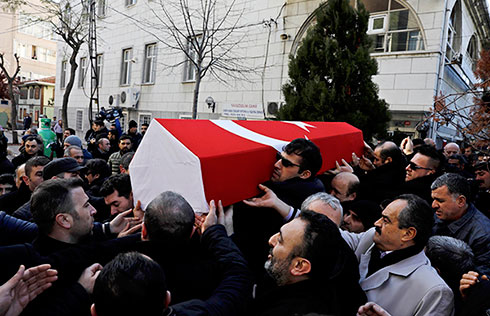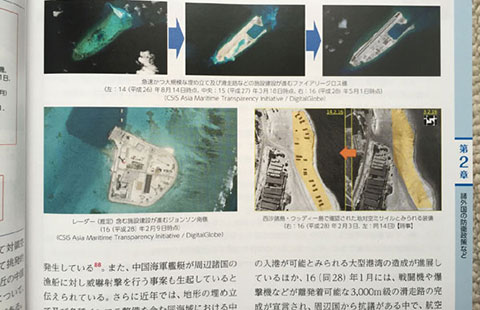SpaceX plans to fly again 4 months after rocket explosion
 |
|
An explosion on the launch site of a SpaceX Falcon 9 rocket is shown in Cape Canaveral, Florida September 1, 2016. [Photo/Agencies] |
SpaceX said in a statement that it is targeting return to flight of its Falcon 9 rocket from Vandenberg's Space Launch Complex 4E (SLC-4E), California on January 8. The California-based company plans to send 10 satellites into orbit for Iridium Communications Inc.
The company will adjust fueling procedures believed responsible for the Sept 1 explosion.
Falcon 9 rocket exploded on Sept 1 on its launch pad at Cape Canaveral, Florida and destroyed a satellite it carried, dealing a blow to the company's ambitious space project, and even America's commercial space industry.
A four-month investigation concluded the failure was likely due to the accumulation of oxygen between the composite overwrapped pressure vessel (COPV) liner and overwrap in a void or a buckle in the liner, leading to ignition and the subsequent failure of the COPV, SpaceX said.
"The investigation team identified several credible causes for the COPV failure, all of which involve accumulation of super chilled liquid oxygen(LOX) or solid oxygen (SOX) in buckles under the overwrap," according to a SpaceX press statement.
SpaceX, founded in 2002 by billionaire Elon Musk, has been the face of American commercial space industry. It has been hired by the US space agency NASA to resupply the International Space Station, using its Falcon 9 rocket and Dragon cargo ship.
- China's space ambitions are for the benefit of all
- White paper sets out China's vision as a space power
- China expects major breakthroughs in space science: white paper
- China to expand int'l cooperation on space sciences
- China's space industry witnesses rapid progress since 2011: white paper
- China expects major breakthroughs in space science: white paper



















